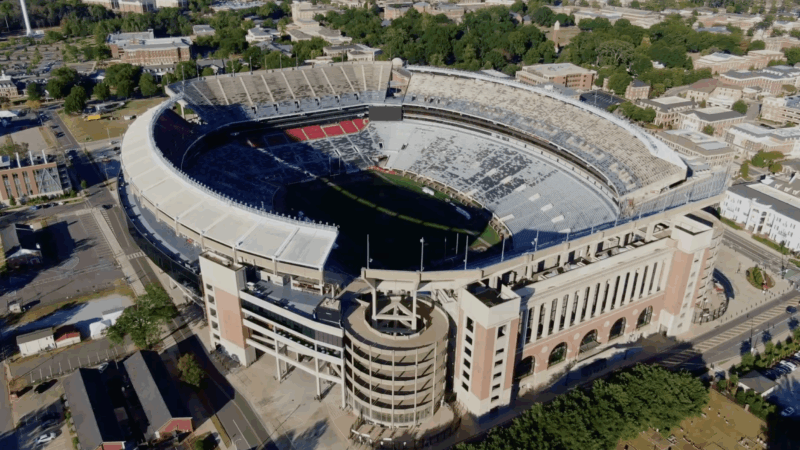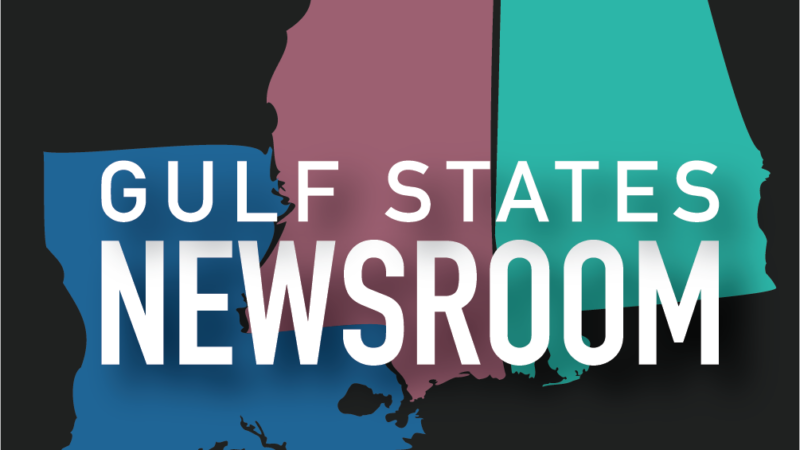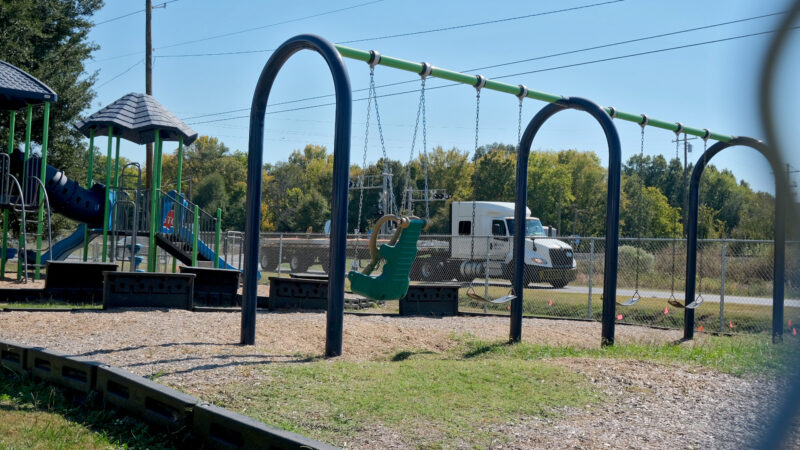Rising COVID-19 Cases Starting To Strain Hospital Resources, Staff
Hospitals across the state are feeling the strain of a growing number of COVID-19 cases but are managing to keep up with patient needs, the president of the Alabama Hospital Association said Tuesday.
“We are in a very precarious and potentially dangerous place right now in dealing with COVID cases,” said Dr. Don Williamson, a former state health officer who heads the Hospital Association. “Caseloads in hospitals are worsening fairly rapidly. Today we had 1,289 people in hospitals with COVID. Our seven-day average is now over 1,200 people a day. A month ago, that number was about 850.”
The growing number of people who are being treated in hospitals for the coronavirus is spread throughout the state, he said.
UAB had 83 patients under treatment for the disease on Tuesday. That compares with more than 100 patients a day at times during the summer. That number dropped below 50 several weeks ago before beginning a steady rise.
The Huntsville Hospital Health System, which operates eight hospitals across the Tennessee Valley, reported 222 COVID patients systemwide on Tuesday, half of them in hospitals in Madison County. It said 54 of the overall number were in intensive care units, with 22 on ventilators.
Williamson said about 15% of the ICU beds in Alabama hospitals are available.
“The biggest threat that we’re facing right now is not beds — it’s staffing,” he said “That’s because as COVID cases rise, patients with COVID need more intensive care than patients without COVID, so that takes more staff.”
The Alabama Department of Public Health reported 1,616 new cases of COVID-19 on Tuesday, bringing the state’s total to 220,848 since the pandemic began in March. The agency’s dashboard showed 3,301 deaths from the disease.
Over the past week, the state has averaged 2,003 new cases a day — up from 1,241 on Nov. 1.
Hospitals so far have been able to maintain the personal safety supplies they need, Williamson said, but access will tighten as the number of patients grows nationwide.
Still, he said, the system will deal with the strain on supplies, facilities, staffing and other needs.
“We know we can handle up to 1,600 COVID patients in hospitals because we did that in July,” Williamson said. “When we did that, it created major stresses on hospital infrastructure. I would anticipate that happening again if we get to 1,600, but we will have capacity.
“Hospitals will make it work. It just gets increasingly difficult, the more patients with COVID you have.”
Scorching Saturdays: The rising heat threat inside football stadiums
Excessive heat and more frequent medical incidents in Southern college football stadiums could be a warning sign for universities across the country.
The Gulf States Newsroom is hiring an Audio Editor
The Gulf States Newsroom is hiring an Audio Editor to join our award-winning team covering important regional stories across Mississippi, Alabama and Louisiana.
Judge orders new Alabama Senate map after ruling found racial gerrymandering
U.S. District Judge Anna Manasco, appointed by President Donald Trump during his first term, issued the ruling Monday putting a new court-selected map in place for the 2026 and 2030 elections.
Construction on Meta’s largest data center brings 600% crash spike, chaos to rural Louisiana
An investigation from the Gulf States Newsroom found that trucks contracted to work at the Meta facility are causing delays and dangerous roads in Holly Ridge.
Bessemer City Council approves rezoning for a massive data center, dividing a community
After the Bessemer City Council voted 5-2 to rezone nearly 700 acres of agricultural land for the “hyperscale” server farm, a dissenting council member said city officials who signed non-disclosure agreements weren’t being transparent with citizens.
Alabama Public Television meeting draws protesters in Birmingham over discussion of disaffiliating from PBS
Some members of the Alabama Educational Television Commission, which oversees APT, said disaffiliation is needed because the network has to cut costs after the Trump administration eliminated all funding for public media this summer.








